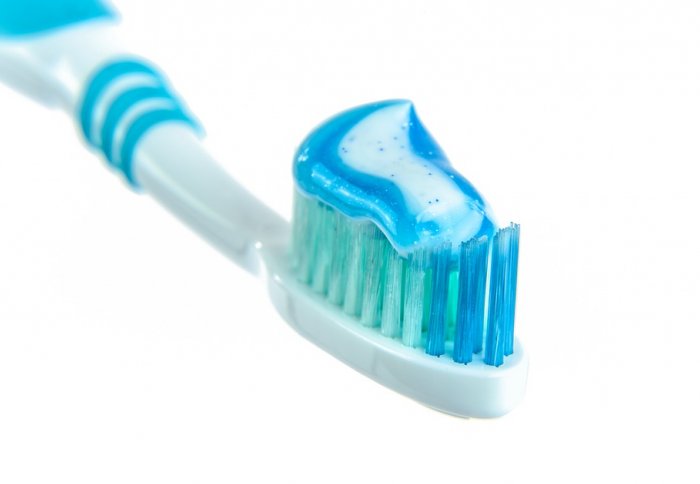Plastic microbeads: new study uses thermodynamics to create greener alternative

Although banned in the UK, elsewhere plastic microbeads are still used extensively in the manufacture of cosmetic and personal care products
Imperial engineers have developed a new, simplified technique for creating an environmentally-friendly alternative to plastic microbeads.
The study, published last week in Science Advances by researchers in the Department of Chemical Engineering, presents a new one-step method for creating custom-shaped particles that can hold and release active ingredients in a series of pulses, “on demand”.
By applying the principles of molecular thermodynamics – a previously underused tool in predictive capsule design – the team were able to create a low-cost functional capsule that can be used for a variety of applications.
In the context of increased restrictions and bans on plastic microbeads due to their harmful environment impact, the research puts forward a potential solution for creating a greener, more simplified means of containing and releasing ingredients in medical drugs, perfumes and detergents.
As well as paving the way for further research into the potential of thermodynamics in the context of controlled release, the study will help respond to the steady demand for intelligent particle and capsules; these remain vital materials in the creation of new technologies and products, due to their potential to their customizability, and the relatively low cost of their manufacture.
PhD student Christiana Udoh, the paper's first author, explains: “Although numerous techniques have been adopted for the production of capsules, an element of design is often lacking and overly complex. Simple one-step fabrication routes are therefore desirable.”
“The possibility of stable encapsulation and sequential release of silica nanoparticles could open new opportunities in the development of robust delivery devices and the design of self-propelling capsules.”
In regard to building upon this research in future, Ms Udoh adds: “The capsules we created are micron-sized – about the size of a human hair. We’ve not yet addressed the formation of nanoscale capsules, which is something desired for medical applications.”
“The encapsulation and release of drug molecules and other actives, although alluded to, have not yet been demonstrated.”
Read the paper online in full here
Find out more about the Polymers and Microfluidics group
Find out more about Garbin Research group
Article text (excluding photos or graphics) © Imperial College London.
Photos and graphics subject to third party copyright used with permission or © Imperial College London.
Reporter
Ms Genevieve Timmins
Academic Services